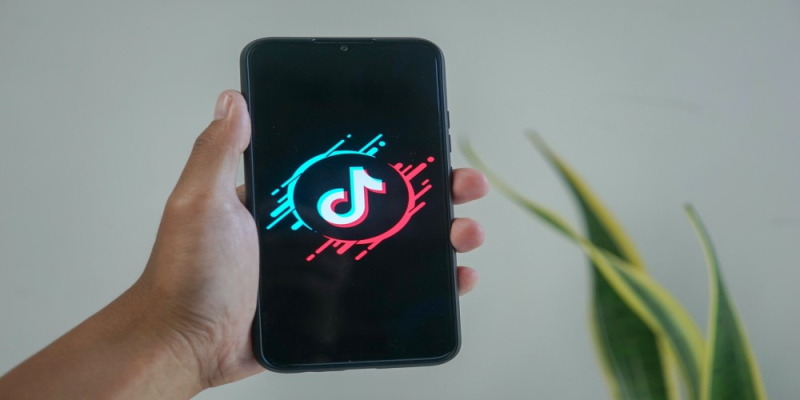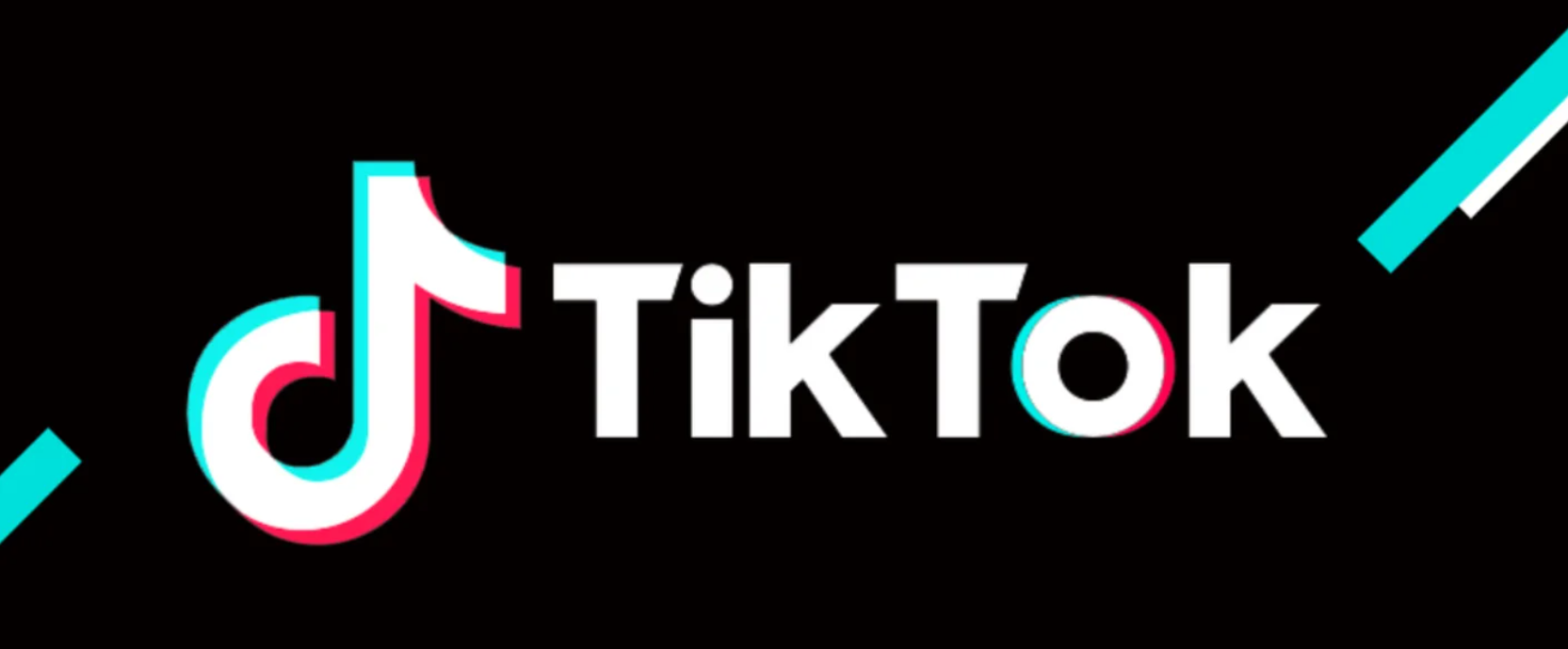
It's no secret that in the ever-evolving landscape of social media, the rise and fall of platforms can be swift and brutal. Yet, in the midst of this flux, TikTok - a platform for sharing short, creative videos - has emerged as a powerhouse, captivating audiences worldwide and becoming a cultural phenomenon. This article will dive into the incredible success story of TikTok, detailing how it has managed to carve out a significant chunk of the social media market and dominate the digital sphere in a relatively short amount of time.
A Humble Beginning
Launched in September 2016 by Chinese tech company ByteDance, TikTok initially struggled to carve out its niche in a market saturated with heavyweights like Facebook, Instagram, and Snapchat. Yet, the platform managed to differentiate itself by focusing on an underserved segment of the market - short, music-infused videos. The app, originally known as Douyin in China, was rebranded as TikTok for the international market and quickly started gaining traction. The crux of TikTok's success lies in its intuitive content creation tools, which allow users to easily create and share 15-second videos set to popular music. This unique mix of music, creativity, and brevity struck a chord with Gen Z, propelling TikTok to an unprecedented level of virality.
The Turning Point: Merging with Musical.ly
 In November 2017, ByteDance made a move that would prove to be a game-changer for TikTok - it acquired lip-sync app Musical.ly for approximately $1 billion. The merger allowed TikTok to tap into Musical.ly’s existing user base in the United States, providing a springboard for its expansion into Western markets. The combined platform retained the TikTok name but incorporated the best features of both apps, creating a powerful and engaging tool for creativity and self-expression. The merger effectively transformed TikTok from a promising start-up into a global social media powerhouse.
In November 2017, ByteDance made a move that would prove to be a game-changer for TikTok - it acquired lip-sync app Musical.ly for approximately $1 billion. The merger allowed TikTok to tap into Musical.ly’s existing user base in the United States, providing a springboard for its expansion into Western markets. The combined platform retained the TikTok name but incorporated the best features of both apps, creating a powerful and engaging tool for creativity and self-expression. The merger effectively transformed TikTok from a promising start-up into a global social media powerhouse.
Capitalizing on Virality and User Engagement
TikTok's rapid growth can be largely attributed to its masterful exploitation of virality. The platform is engineered to create viral content, with its algorithm favoring content that users engage with, encouraging a cycle of creation and sharing that keeps users hooked. TikTok also capitalized on user engagement by introducing features like Duet and React, which allow users to interact with each other's content, fostering a sense of community and driving further engagement. In addition, TikTok's unique For You feed curates a personalized stream of content for each user, keeping users engaged and encouraging them to spend longer on the platform.
Embracing Monetization and Advertisement
.jpg) Despite its meteoric rise and massive user base, TikTok's monetization strategy remained uncertain for a long time. However, in recent years, the platform has started to embrace advertising, introducing ad formats designed to blend seamlessly with the user experience. Brands can now run short-video ads, sponsor challenges, or engage influencers for promotional content, with TikTok's powerful targeting capabilities ensuring that ads reach the right audience. This move into advertising not only provides a revenue stream for TikTok but also opens up new avenues for brands and marketers, making TikTok an even more integral part of the social media landscape.
Despite its meteoric rise and massive user base, TikTok's monetization strategy remained uncertain for a long time. However, in recent years, the platform has started to embrace advertising, introducing ad formats designed to blend seamlessly with the user experience. Brands can now run short-video ads, sponsor challenges, or engage influencers for promotional content, with TikTok's powerful targeting capabilities ensuring that ads reach the right audience. This move into advertising not only provides a revenue stream for TikTok but also opens up new avenues for brands and marketers, making TikTok an even more integral part of the social media landscape.
In conclusion, TikTok's success story is a testament to the power of innovation, strategic planning, and an understanding of what users want in a social media platform. Its meteoric rise serves as a reminder that in the fast-paced world of social media, the ability to adapt and evolve is paramount.
